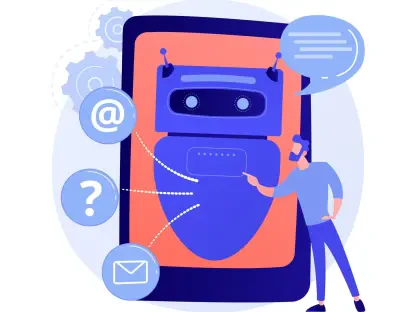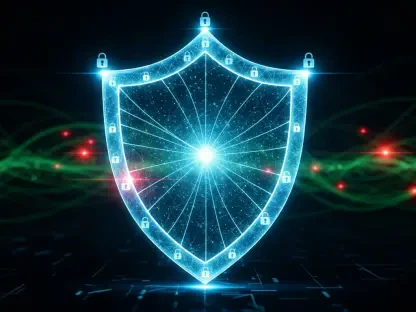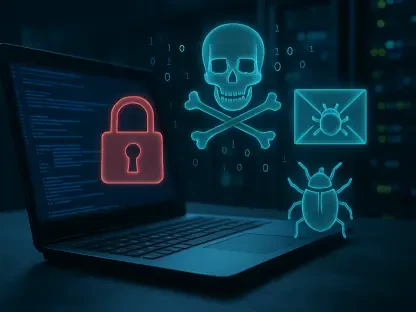Asking employees to work remotely is no longer news for organizations and governments, in order to protect people’s health.
Today, there are more than 300 million people expected to work remotely, according to the US Bureau of Labor Statistics and Boston Consulting Group estimates. This brings unprecedented risks for IT and cybersecurity, given the scale of work shifts across the world. The question is, are you prepared for changes in your cybersecurity? Do you have the resources to protect your employees from downloading malware that could impact important assets?
Here are five steps that you can take to protect your remote employees and avoid a cyber crisis. Read them and consider implementing these measures to keep your organization and your people safe.
Assessing the infrastructure for remote working
When going remote, employees are using the organization’s devices or even personal laptops, connected to company servers through the internet. So, it’s essential to assess infrastructure in three categories: connectivity, endpoints, and enterprise infrastructure.
For connectivity, businesses need to ensure that connections take place with two-factor authentication. Endpoints should include approved applications and security tools, guaranteeing that all devices are authorized to connect. Last but not least, your network and servers should be configured to accept remote access and see if your load of connected employees requires moving to the cloud.
Securing your applications and devices
It is worth noting that to ensure the security of your remote operations, you need to look beyond IT infrastructure and consider encrypting and installing firewalls on all devices. Employees should install security and update endpoint protection and security software on their devices, without exception.
Instruct your employees to regularly back up their data and secure quick recovery in case any incidents happen. Additionally, invest in securing access to company systems and make efforts to improve your incident response processes. You can also look for the best and most secure teleconferencing and communication tools to help protect your teams.
Training your employees and creating awareness
Many employees have found themselves new to the remote working environment and habits. So, on top of technical concerns, there’s a need for cybersecurity training and making sure that employees are aware of any security risks.
In training your workers, you should focus on the use of new remote tools securely, as well as how employees can recognize and prevent Covid-19 threats found in fraudulent emails or phone calls. Your teams should also have clear protocols for authentication and only use secure methods. Documentation should be a priority and if you have self-service guides or videos related to security threats and how to avoid them, make sure your employees have access to all this necessary and crucial information.
Improving business continuity by including cybersecurity
Today, any business continuity plan should include cybersecurity. Ensuring that your incident response teams can access their tools is critical for emergency security access. It is equally essential to ensure remote cybersecurity support or train your own backup teams.
Of course, there are also extra steps you can take, such as ensuring that the organization has clear communication tools in place, avoiding relying on a single method of communication (which can be easily compromised).
Updating your access and security measures
Cybersecurity teams need to pay extra attention to executives and key staff handling sensitive data, which makes them targets of cyberattacks, especially when working from home and sharing a network with other family members. So, keep in mind updating your access and security measures.
At the same time, your finance team should verify all communications for authenticity and require approval for financial transfers, as they can be challenged by phishing or business email scams.
Ultimately, with the increased use of VPNs (Virtual Private Networks), make sure you know the VPN best practices for supporting your teleworkers.
Conclusion
Remote work often involves multiple complications and challenges, putting businesses at risk every day. However, with training employees and members and educating them on cyberattacks and potential threats, navigating the current remote work era shouldn’t feel overwhelming.









